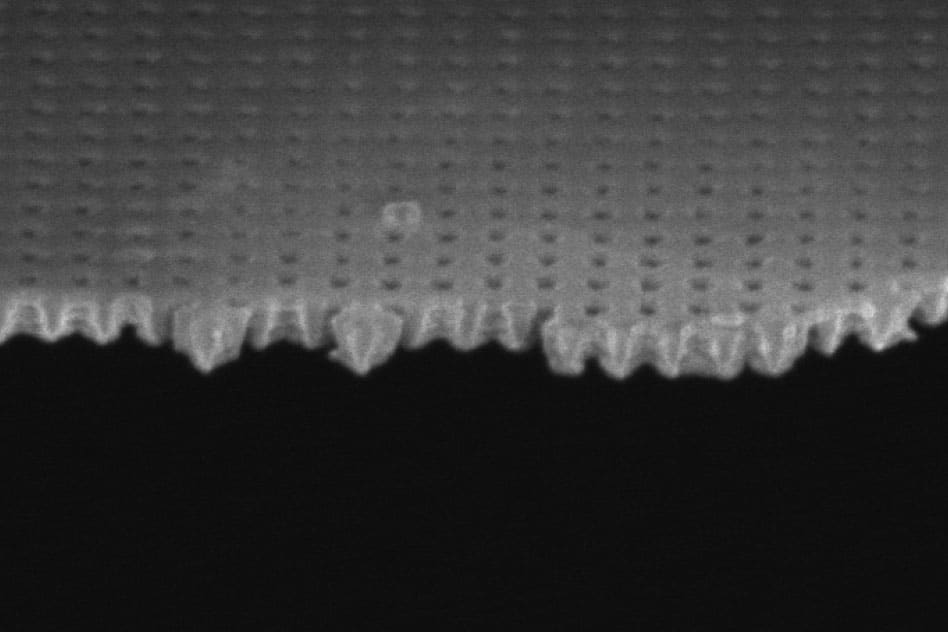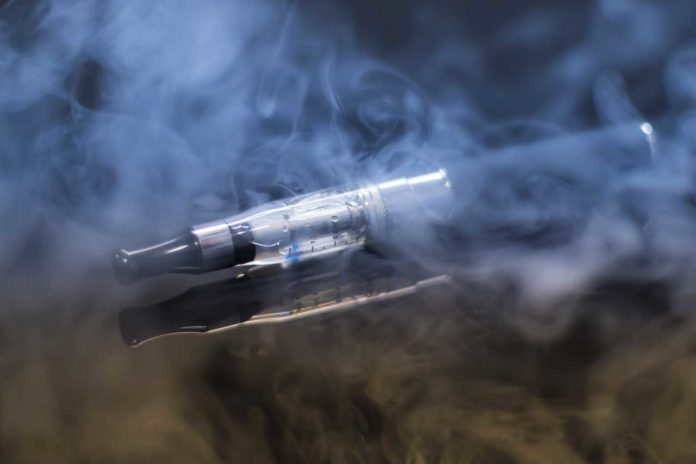Evaporation is the process by which water changes from a liquid to a gas or vapor. the process is the primary path for water to move from the liquid state back to the water cycle as atmospheric water vapor.
Evaporation commonly occurs in everyday life. When you get out of the shower, the water on your body evaporates as you dry. If you leave a glass of water out, the water level will slowly decrease as the water evaporates.
For the first time, MIT scientists have analyzed the evaporation process in detail at a molecular level. For this, they used a new technique to control and detect temperatures at the surface of an evaporating liquid. Doing this, they were able to identify a set of universal characteristics involving time, pressure and temperature changes that determine the details of the evaporation process.
Mainly, they found, the key factor determining how fast the liquid could evaporate was not the temperature difference between the surface and the liquid, but rather the difference in pressure between the liquid surface and the ambient vapor.
Through this experiment, scientists also answered a rather simple question of how a liquid evaporates at a given temperature and pressure.

Image courtesy of the researchers
Pawel Keblinski, professor and head of Department of Materials Science and Engineering at Rensselaer Polytechnic Institute (RPI) said, “While theorists speculated for over a century, the experiment was of little help, as seeing the evaporating liquid-vapor interface and knowing the temperature and pressure near the interfaces is extremely challenging.”
The researchers’ success was partly the result of eliminating other factors that complicate the analysis. For example, evaporation of liquid into the air is strongly affected by the insulating properties of the air itself, so for these experiments, the process was observed in a chamber with only the liquid and vapor present, isolated from the surrounding air.
Then, in order to probe the effects right at the boundary between the liquid and the vapor, the researchers used a very thin membrane riddled with small pores to confine the water, heat it up, and measure its temperature.
MIT postdoc Zhengmao Lu, professor of mechanical engineering said, “That membrane, just 200 nanometers (billionths of a meter) thick, made of silicon nitride and coated with gold, carries water through its pores by capillary action, and is electrically heated to cause the water to evaporate. Then, we also use that membrane as the sensor, to sense the temperature of the evaporating surface in an accurate and noninvasive way.”
“The gold coating of the membrane is crucial. The electrical resistance of the gold varies directly as a function of the temperature, so by carefully calibrating the system before the experiment, they are able to get a direct reading of the temperature at the exact point where evaporation is taking place, moment by moment, simply by reading the membrane’s resistance.”
Wang said, “The data they gathered suggests that the actual driving force or driving potential in this process is not the difference in temperature, but actually the pressure difference. That’s what makes everything now aligned to this really nice curve, that matches well with what theory would predict.”
“While it may sound simple in principle, actually developing the necessary membrane with its 100-nanometer-wide pores, which are made using a method called interference lithography, and getting the whole system to work properly took two years of hard work.”
The new findings also provide guidance for engineers designing new evaporation-based systems, providing information on both the selection of the best working fluids for a given situation, as well as the conditions of pressure and removal of ambient air from the system.
Joel Plawsky, professor of chemical and biological engineering at RPI, who was not involved in this work said, “The apparatus was unique and painstakingly difficult to fabricate and operate. The data was exceptional in its quality and detail. Any time one can collapse a large spread of data by developing a dimensionless formulation, that is, one that applies equally well under a wide variety of conditions, that represents a major advance for engineering.”
“There are many questions that this work opens up about the behavior of different fluids and of fluid mixtures. One can imagine many years’ worth of follow-on work.”
The team also included Ikuya Kinefuchi at the University of Tokyo and graduate students Kyle Wilke and Geoffrey Vaartstra at MIT. The work was supported by the Air Force Office of Scientific Research and the National Science Foundation.
The study appears in the journal Nature Communications.
